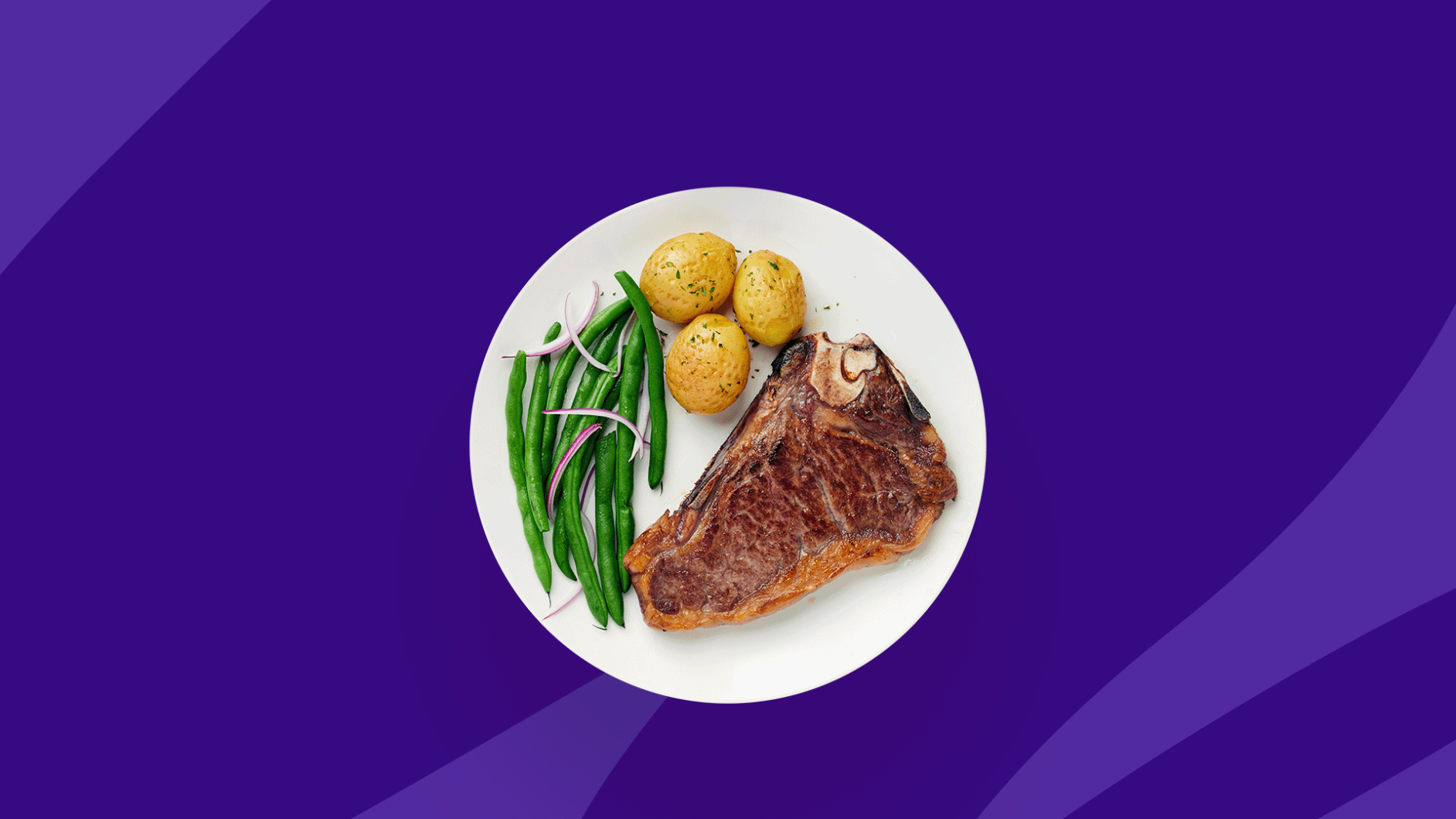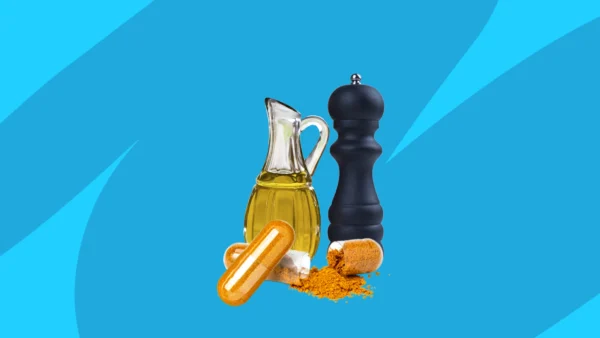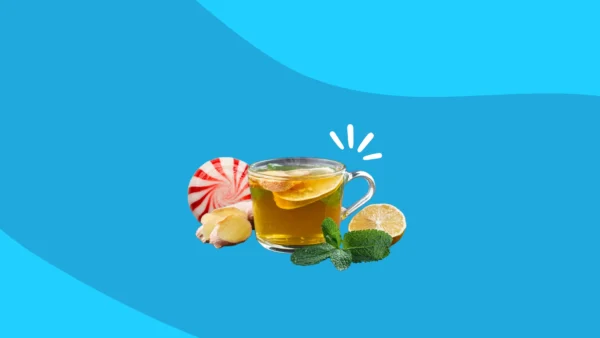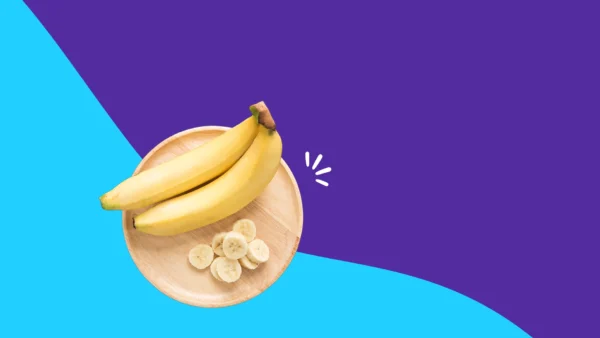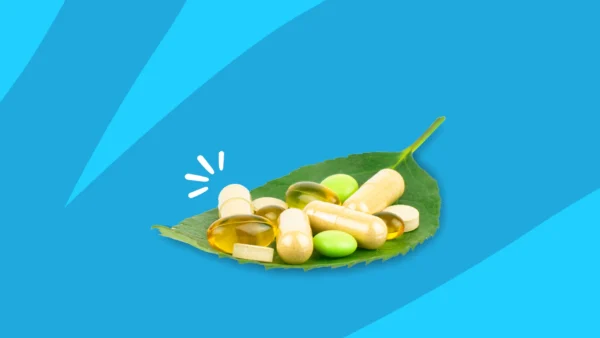If you’ve been experiencing symptoms of histamine intolerance or sensitivity—such as itching, hives, sneezing, headaches, and nausea—you’re likely looking for ways to alleviate your discomfort. A low-histamine diet is one strategy that could help. Learn which foods to eat and which to avoid when this eating plan is recommended, and other possibilities for dealing with this condition.
What is a low-histamine diet?
A low-histamine diet involves avoiding foods that have a naturally high histamine content, or foods that cause your immune system to release histamine.
“With histamine intolerance, high levels of histamine in the body result from the body’s inability to break down histamine,” explains Johna Burdeos, RD, a registered dietician and wellness blogger. “This causes symptoms such as runny nose and congestion, hives, itchy skin, red and itchy eyes, eczema flare-up, and digestive symptoms like diarrhea.” Avoiding histamine-releasing foods can help alleviate these symptoms for some people.
Popular diet plans, such as the Mediterranean diet, DASH diet, keto diet, paleo, or vegan diet, often include foods high in histamine and are therefore not appropriate for people with histamine sensitivity. However, the low FODMAP diet may reduce the amount of histamine in the digestive tract. This eating plan involves avoiding certain carbohydrates that are difficult to digest—such as high fructose fruits, high lactose dairy, and high-fructan cereals.
Should you try a low-histamine diet?
About 1% of people have histamine intolerances, but it’s unknown how much of the population may experience histamine sensitivities. It can be hard to know if a histamine intolerance or sensitivity is causing your symptoms.
“There aren’t specific tools to diagnose a histamine issue, whether that be an intolerance or sensitivity,” explains Blanca Garcia, RDN, a registered dietitian nutritionist and specialist at Healthcanal. “If you are experiencing uncomfortable symptoms, you can follow an elimination diet closely monitored by a doctor.”
Certain gastrointestinal conditions can increase your risk for histamine issues, such as Crohn’s disease, irritable bowel syndrome (IBS), and non-celiac gluten sensitivity. Additionally, some medications may increase your risk of difficulty with histamine, including some analgesics, heart medications, antibiotics, antidepressants, antifungals, antihypertensives, antimalarial drugs, muscle relaxants, and diuretics. There is anecdotal evidence that long COVID can impact histamine response, but more research is needed.
If your healthcare team determines that you may have histamine intolerance, they will likely want to rule out any food allergies first. Then, your healthcare provider will recommend trying a low-histamine diet, and give you guidelines for evaluating if it’s working. Typically, you will avoid high-histamine foods for four to eight weeks to see if your symptoms resolve. If they do, it can indicate that you are sensitive or intolerant to histamine. Then, you reintroduce foods one at a time while keeping a food diary to determine which food intolerances trigger your symptoms.
5 foods to avoid
The first step toward a low-histamine diet is to eliminate foods that are naturally high in histamine, as well as foods that cause your body to release histamine. These foods can be grouped into several categories.
1. Certain fish
There are specific types of fish that contain elevated levels of a chemical called histidine, which is then converted to histamine via bacteria—especially when fish is past its prime or starting to spoil. According to the American Academy of Allergy, Asthma, and Immunology, fish that are particularly problematic for people with histamine sensitivity are:
- Tuna
- Anchovies
- Mackerel
- Herring
- Bluefish
- Marlin
- Amberjack
- Mahi mahi
It’s also recommended that you avoid canned, frozen, or smoked fish and shellfish, including clams, mussels, or shrimp
2. Fermented or aged foods
Eating aged and fermented foods or beverages is a big no for people who follow low-histamine diets. That’s because these foods are naturally high in histamine. According to the Journal of the Academy of Nutrition and Dietetics, foods on this list to avoid include:
- Aged cheeses
- Fermented dairy products, including yogurt, kefir, sour cream, and buttermilk
- Fermented grains, such as sourdough bread
- Fermented vegetables, like sauerkraut or kimchi
- Fermented soy products, such as soy sauce, tempeh, and miso
- Kombucha
- Alcoholic drinks including wine, beer, and champagne
- Cured or fermented meats, such as deli cold cuts, bacon, sausage, ham, salami, and pepperoni
- Pickles or pickled vegetables
3. High-histamine fruits and vegetables
There are some fruits and fresh vegetables that have higher levels of histamine than others. A 2018 study published in MDPI found that certain fruits and veggies had “significant levels” of histamine, such as:
- Eggplant
- Tomatoes
- Spinach
- Avocado
Fruits with high levels of histamine include:
- Strawberries
- Cherries
- Kiwi
- Citrus fruits such as papaya, oranges, lemons, and pineapple
Cooking or removing skins and peels may help to reduce histamine content.
4. Certain seasonings
As The Journal of the Academy of Nutrition and Dietetics notes, there are some common seasonings that are high in histamine. These include:
- Cinnamon
- Cloves
- Chili powder
- Vinegar
5. “Histamine-liberating” foods
Certain foods, drinks, and additives that aren’t high in histamine are “thought to ‘release histamine’ in the body or to cause our bodies to produce histamine unnecessarily even though those foods themselves are low in histamine,” explains Bridget MacDonald, RDN, registered dietitian and health coach at Welcyon. However, there is not enough research to scientifically prove this.
Still, for many people, relief is found when these foods are eliminated from their diets. Foods considered histamine liberators include:
- Nuts
- Egg whites
- Teas
- Food additives
- Food preservatives
3 foods to eat
With so many foods to be avoided, you may be wondering what low-histamine foods you can eat. Thankfully, there are many low-histamine foods that are delicious and nutritious, too.
1. Unprocessed staple foods
Your best bet is to eat fresh, raw, and unprocessed foods. When it comes to staple foods like starches, grains, nuts, and legumes, there are many good options. Some low-histamine choices include:
- Bread without preservatives or yeast
- Gluten-free grains, such as rice or quinoa
- Plain pasta (not stuffed with cheese or meat, and not colored with spinach or tomato)
- Lentils
- Olive oil or coconut oil
- Seeds including sunflower seeds and chia seeds
- Nuts such as almonds, cashews, chestnuts, macadamia nuts
2. Low-histamine fruits and veggies
While there are some fresh fruits and veggies that are best avoided, there are many more that can be eaten if you are following a low-histamine diet. The key, of course, is to eat them in as fresh a state as possible. So avoiding canned fruits and veggies is best.
Some fruits and veggies that are not high in histamines include:
- Apples
- Pears
- Apricots
- Peaches
- Plums
- Melons
- Cabbage (not fermented)
- Sweet potatoes, yams, and winter squash
- Green beans
- Asparagus
- Onions
- Radishes
- Peas
- Chickpeas
- Turnips
- Peppers
Additionally, blueberries contain a flavanoid called quercetin, which may help to inhibit histamine production.
3. Lean meats
Some low histamine-friendly, fresh meat, poultry, and seafood options are:
- Skinless beef, chicken, or turkey
- Fish, such as salmon
- Veal, lamb, and rabbit
When it comes to seafood and meat, the key is to eat these foods fresh and to prepare them in a way that limits histamine from being released. According to a 2017 study in the Annals of Dermatology, that means avoiding grilling—which increases histamines—and sticking with poaching or boiling.
Is it safe for people with histamine intolerance to fast?
Fasting, including intermittent fasting, is popular these days, and is thought to have health benefits for many people, such as lowering cholesterol and blood pressure. But it’s not usually part of a low-histamine diet, and there aren’t any known benefits to fasting while on a low-histamine diet.
“If your intention for fasting is purely to lower histamine levels in your diet, that is unnecessary,” Burdeos says. That doesn’t mean you can’t fast if you are on a low-histamine diet, but there are no added benefits and fasting doesn’t affect your histamine levels.
There may be one exception, though. “Fasting is recommended for those individuals that have histamine intolerance due to Mast Cell Activation Syndrome (MCAS), where the body has too many cells producing histamine,” says MacDonald. “Fasting reduces the overactivity of the mast cells and therefore reduces the histamine that is released.” It may also help with the inflammatory response associated with long COVID and severe COVID-19 symptoms.
Pros and cons of a low-histamine diet
The biggest benefit of a low-histamine diet, is that for many people the diet can relieve uncomfortable symptoms and help you pinpoint which foods cause the greatest issues. “You’ll have greater control, more awareness, and more confidence about your food choices,” explains Burdeos. “You won’t need to live every day in fear of the unknown.”
The drawback is that the diet can feel limiting, especially at first. In fact, you should always keep in close touch with your healthcare team when trying any elimination diet to make sure you’re meeting all of your nutritional needs.
Other ways to treat histamine intolerance
Following a low-histamine diet isn’t the only way to manage histamine intolerance or sensitivity. Here are some other options to consider:
- Taking antihistamines, such as Benadryl, may be helpful if you’ve ingested high-histamine foods or have been exposed to other allergens
- Taking diamine oxidase (DAO) enzymes may help you break down histamine
- Trying supplements, such as zinc, vitamin B6, vitamin C, and copper may also increase DAO enzymes and help with histamine sensitivities, says MacDonald
- Avoiding certain medications when possible may be helpful, as some are thought to release more histamine in the body or make it more difficult for the body to process histamine (but do not stop taking prescribed medications without speaking with your healthcare provider first)
You might be wondering if histamine intolerance will ever go away on its own. According to the American Academy of Allergy, Asthma, and Immunology, mild cases may go away on their own, without dietary intervention or medication. But, serious cases of histamine intolerance—especially ones with signs of severe allergic reactions—should always be addressed by a healthcare provider. At times, emergency care is needed, such as steroids, IV fluids, oxygenation, or other allergy treatments.
Whatever the case, if you are starting out on a low-histamine diet, it’s best to do so with some support from a provider or a registered dietitian who is educated on histamine intolerance and histamine sensitivities. They can help you understand how to meal-plan while following a low-histamine diet, so that you are well-nourished and satisfied.



